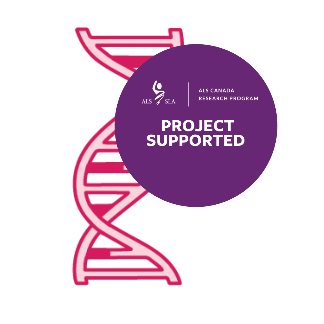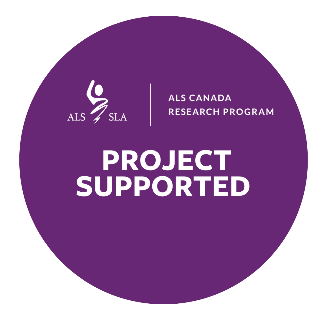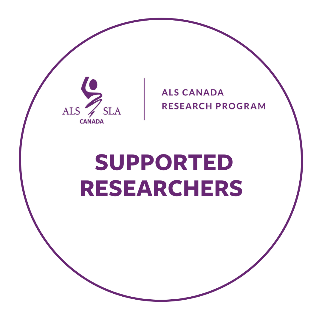Skin TDP-43 pathology as a candidate biomarker for predicting amyotrophic lateral sclerosis decades prior to motor symptom onset
In this preprint article, UK researchers discovered that signs of ALS can show up in other parts of the body long before any muscle symptoms begin. By examining samples from people who later developed ALS, researchers found abnormal protein activity (specifically involving TDP-43*) in several organs, including muscles, lymph nodes, with particularly high levels in skin. The most affected areas were sweat and oil glands, especially on the back and shoulders. These protein changes in the skin were detected up to 26 years before diagnosis.
This discovery is important because skin is easy to access through a simple biopsy. If these changes can be reliably detected, it could be used as a diagnostic biomarker for ALS and help clinicians diagnose ALS much earlier, possibly even before symptoms start. The authors note that this finding is similar to how skin tests have helped detect Parkinson’s disease. While this is an exciting discovery, more work is needed to confirm the findings, including determining whether TDP-43 is detected in these tissues in people who did not develop ALS.
In 2015, a Canadian researcher, Dr. François Gros-Louis, discovered TDP-43 aggregation in skin models derived from people living with ALS, but it was never explored in individuals before the onset of symptoms.
* TDP-43 is a protein whose normal levels and function are disrupted in most cases of ALS, even in cases without a genetic variant in the TARDPB gene.
A plasma proteomics-based candidate biomarker panel predictive of amyotrophic lateral sclerosis

In another recent study, researchers explored the potential of blood proteins as diagnostic biomarkers for ALS. They analyzed over 2,000 proteins in the blood plasma of 231 individuals with ALS, 170 with other neurological conditions, and 214 healthy controls. The study identified 33 plasma proteins with significantly different levels in individuals with ALS. Among these, neurofilament light chain (NfL) showed the most pronounced difference, further reinforcing its growing recognition as a promising biomarker for ALS.
Further analysis of these proteins in independent datasets of people with ALS, including individuals with C9orf72 genetic variants who have ALS and who have not yet experienced any symptoms, resulted in confirmation of 16 new proteins that can be further explored alongside Nfl as potentially important biomarkers to use in the clinical detection and study of the disease.
Using machine learning to analyze this blood sample data, the researchers were able to distinguish people living with ALS from controls with over 98% accuracy. The machine learning model also explored the possibility of estimating the age of ALS clinical onset. Additionally, according to the data, the authors suggest that early dysfunction in energy, muscle, and nerve signaling may occur up to a decade before symptoms.
These findings are important as they offer potential for earlier diagnosis using blood tests, instead of more invasive tests such as cerebrospinal fluid (CSF) collection. Further work is needed to validate these findings, but they provide several new avenues to explore for understanding the biology of ALS prior to symptom onset.








